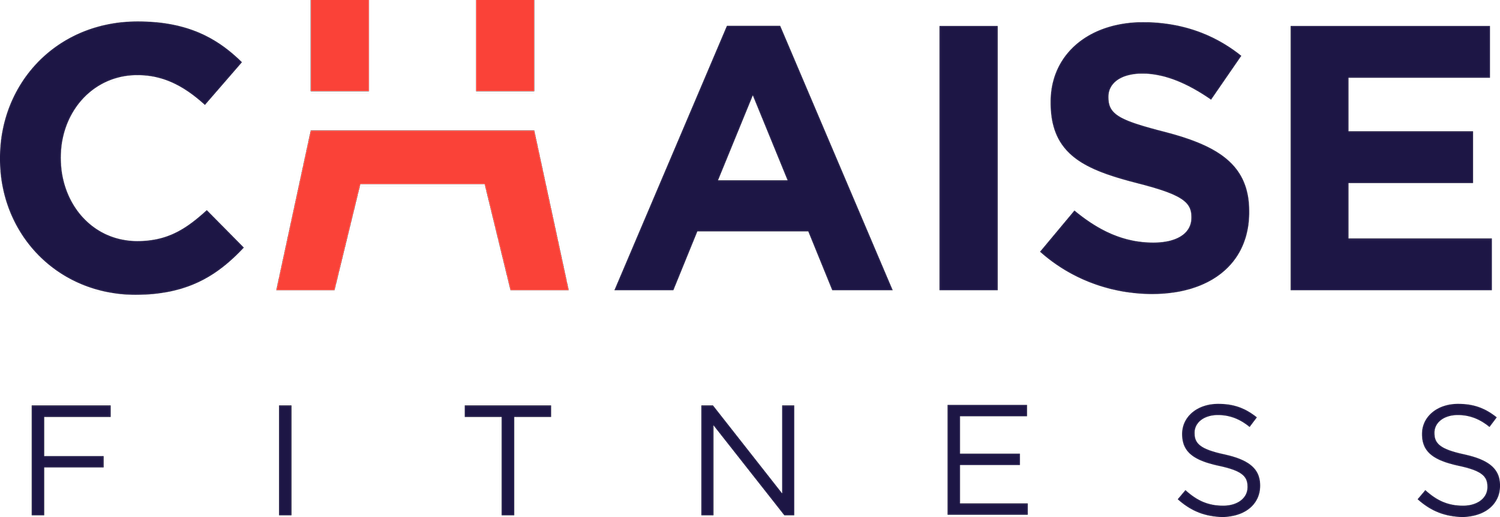Building a Consistent Pilates Habit: Small Steps, Big Results
If you’ve ever started a fitness routine with lots of enthusiasm — only to have it fizzle out after a few weeks — you’re not alone. The truth is: the biggest gains from Pilates don’t come from a few intense workouts — they come from consistency, repetition, and gradual growth. For busy people juggling work, school, or other commitments, building a sustainable Pilates habit may feel challenging. But with the right mindset and approach, small, intentional steps can lead to big results. Here’s how to build — and stick with — a Pilates practice that lasts.
Why Consistency Matters in Pilates
The beauty of Pilates is that it's gentle, low-impact, and adaptable — but that also means the benefits reveal themselves slowly. When you commit to regular Pilates practice, you give your body a chance to strengthen deeper muscles, improve flexibility, and develop better posture.
Over time, this translates into:
Improved core strength and posture. Pilates targets the “powerhouse” — the muscles around your abdomen, hips, and lower back — helping stabilize your body, support your spine, and reduce risk of injury.
Greater flexibility and mobility. The controlled stretching and fluid movements of Pilates help increase your joint range of motion and ease muscle stiffness — a major plus if you spend hours sitting or standing.
Better mind-body connection and stress relief. Pilates is more than physical — its emphasis on breathing, control, and mindful movement can reduce stress and improve mental clarity.
But these gains don’t come from a single power session. They come from regular, repeated exposure — because lasting change requires building muscle memory, improving coordination, and gradually increasing strength and flexibility.
How to Build a Sustainable Pilates Habit
Here’s a roadmap to help you turn Pilates from a sporadic activity into a lifestyle — with small, manageable steps that fit even the busiest schedules.
1. Anchor Your Habit with a “Why”
Before you begin, reflect on why you’re doing Pilates. Maybe you want to fix your posture, reduce back pain, relieve stress, or simply feel stronger. Writing down your reason — and placing it somewhere visible, like your mirror or water bottle — helps keep you motivated when life gets busy or motivation dips.
2. Start Small: Set Realistic, Manageable Goals
Don’t pressure yourself into daily hour-long Pilates sessions. If you’re new, start with just two sessions per week, or even 10-15 minutes a few times per week. Even short, consistent sessions can lead to noticeable improvements over time.
Celebrate small victories — held a plank a little longer, improved your breathing, or simply showed up when you didn’t feel like it. That progress matters.
3. Treat Your Pilates Sessions Like Commitments
Block out time for Pilates in your calendar — the same way you would schedule a work meeting or a doctor’s appointment. Choosing a time when you have natural energy (like morning or after work) helps reduce chances of skipping.
If you attend classes at a studio or take virtual sessions through a platform like ChaiseFitness, that sense of commitment and accountability can be a powerful motivator.
4. Mix It Up to Keep It Interesting
Doing the same routine repeatedly can become stale — and that’s when habits fade. To avoid that, vary your Pilates workouts: alternate mat work, reformer (or resistance-band) sessions, and other class styles. This variety keeps things fresh and challenges your body in new ways.
Plus, changing up your workouts helps target different muscle groups, improving not just core strength, but overall mobility, balance, and flexibility.
5. Build Your Ritual — Create a Dedicated Space & Habit Stack
If you’re doing Pilates at home, carve out a dedicated practice space — even if it’s just a corner of your living room. Laying out your mat the night before, picking out your workout clothes, or prepping a playlist can cue your brain to shift into “Pilates mode.”
You can also try habit stacking: tie Pilates to an existing habit. For instance: “After I brush my teeth in the morning — 10 minutes of Pilates.” Over time, your body will start to expect it naturally.
6. Be Patient — Progress Over Perfection
Building a habit takes time. While some people see changes in a few weeks, many find that real, lasting shifts in strength, posture, and mobility come after a few months of consistent practice. The key is perseverance.
If you miss a session — it’s okay. What matters is that you get back on track. Over time, “some Pilates” will turn into “your Pilates practice.”
Why Pilates Works for Real People — Even Busy Ones
What’s great about Pilates — especially as offered by ChaiseFitness — is its flexibility. You don’t need to be an athlete, a dancer, or specially trained. Pilates adapts to your body, your schedule, and your fitness level.
Because it’s low impact and focuses on controlled movement, Pilates is gentle enough to be done frequently — yet powerful enough to build strength, mobility, and resilience. That makes it perfect for people juggling multiple responsibilities: work, school, family.
Plus, the mind-body connection and breathing focus mean that a session of Pilates can double as stress relief — a break from deadlines, screen time, or daily chaos.
Building a consistent Pilates habit isn’t about perfection. It’s about commitment, patience, and showing up — even when life gets busy.
If you stay consistent over time, you’ll likely notice subtle but meaningful changes: your posture improves, movements feel easier, stress melts away, and your body grows stronger and more balanced.
At ChaiseFitness, we believe in real transformation through sustainable, habit-based movement. Start small. Stay consistent. And watch how small steps lead to big results.

